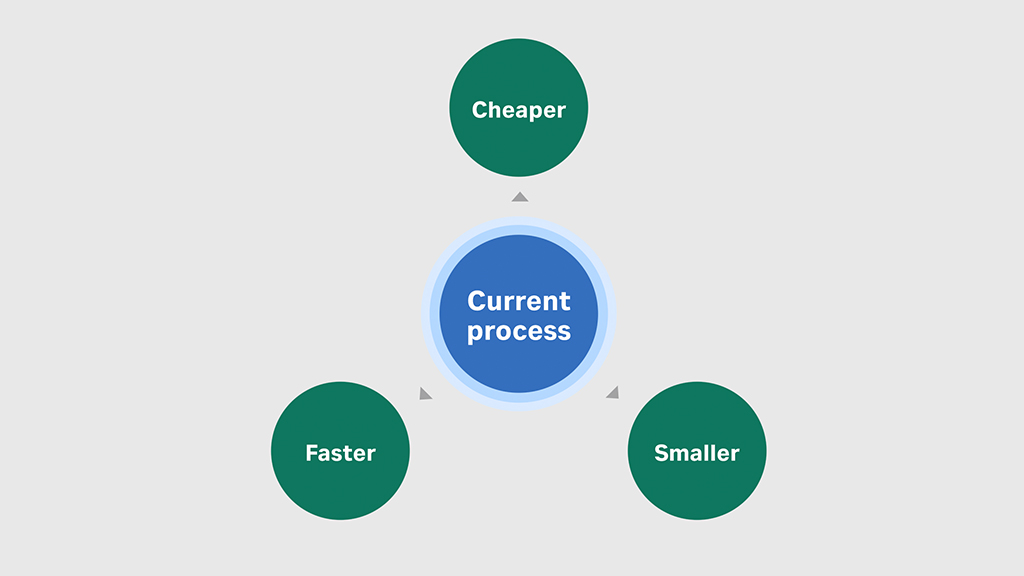Resource center
Featured article

Process Intensifier App
Select the parameters that are used in your upstream bioreactor or downstream capture step then gain insights on how your process can be intensified.
Popular articles
The promise and challenges of mRNA vaccine development
The COVID-19 pandemic brought mRNA vaccines to the spotlight with the rapid release of highly efficacious vaccines by Pfizer/BioNTech and Moderna.
Evaluating the economics of today’s biomanufacturing strategies
Whether you’re waiting for a production slot with a qualified CDMO or ready to build, a flexible strategy can help you scale quickly, to produce the right quantity at the right time..
Facilitating workforce development
A case study on improving single-use training through vendor and end-user collaboration.